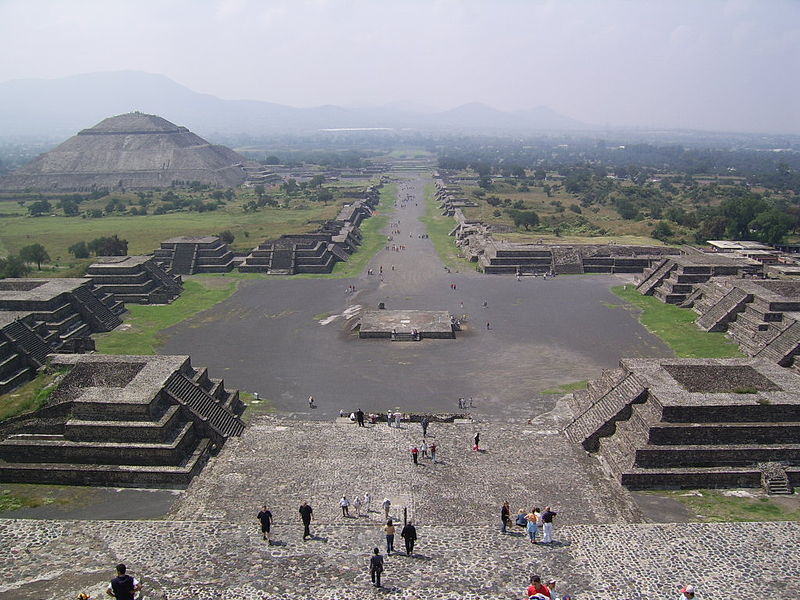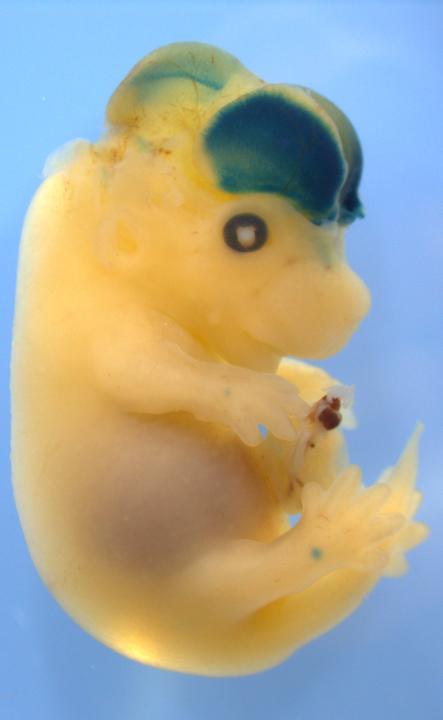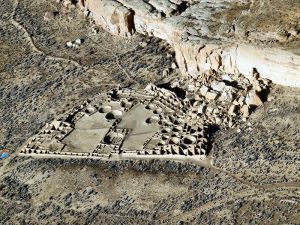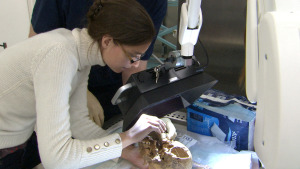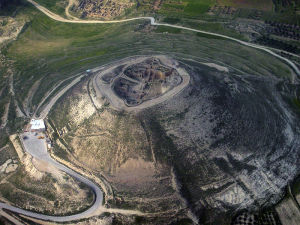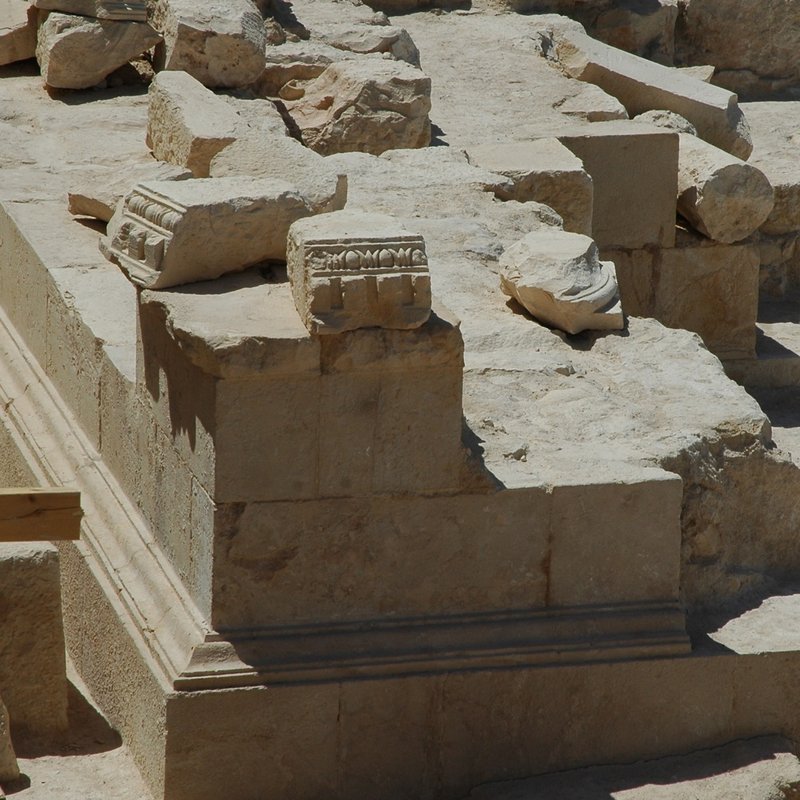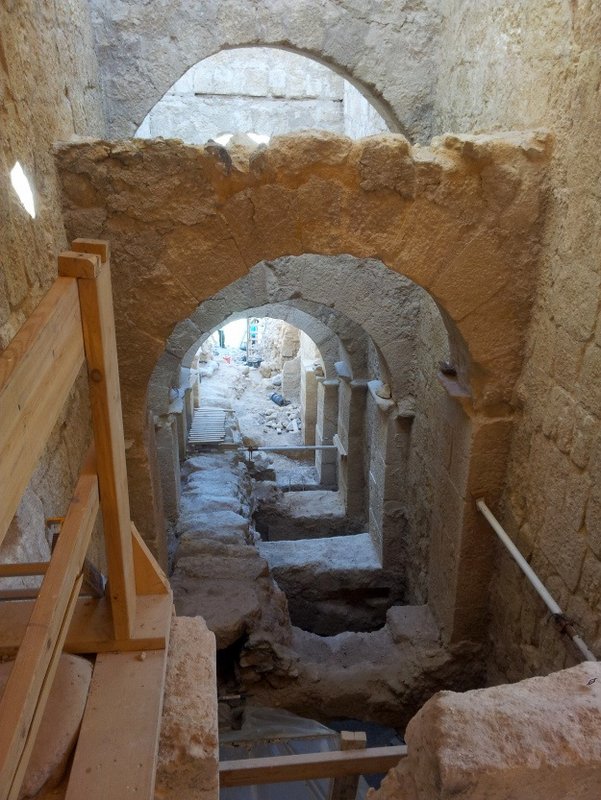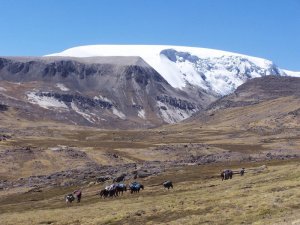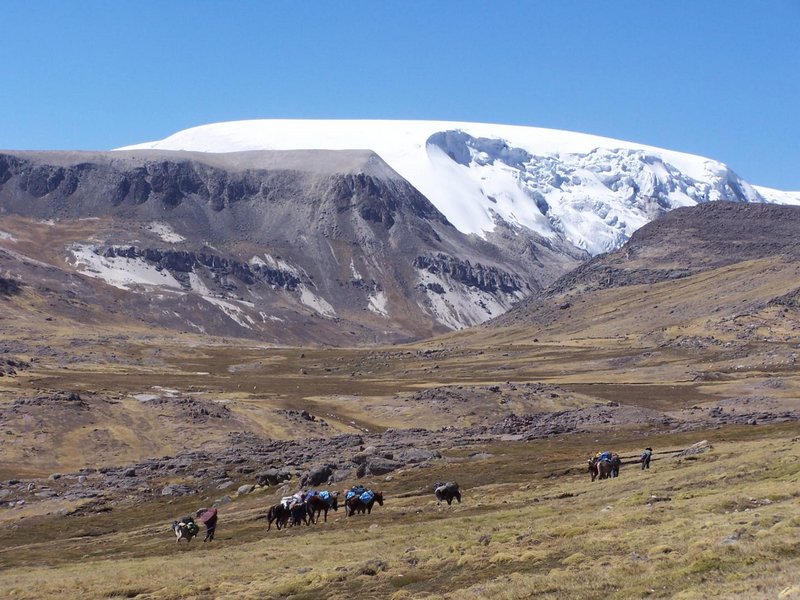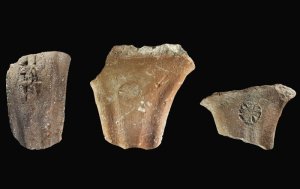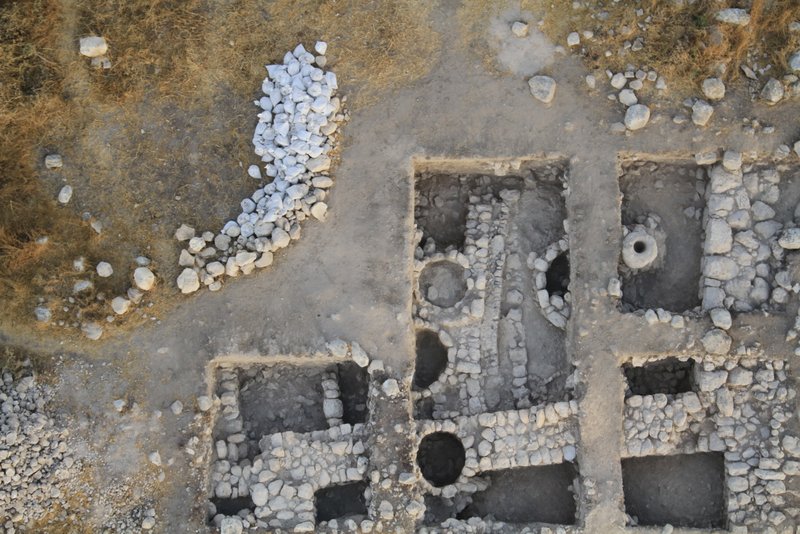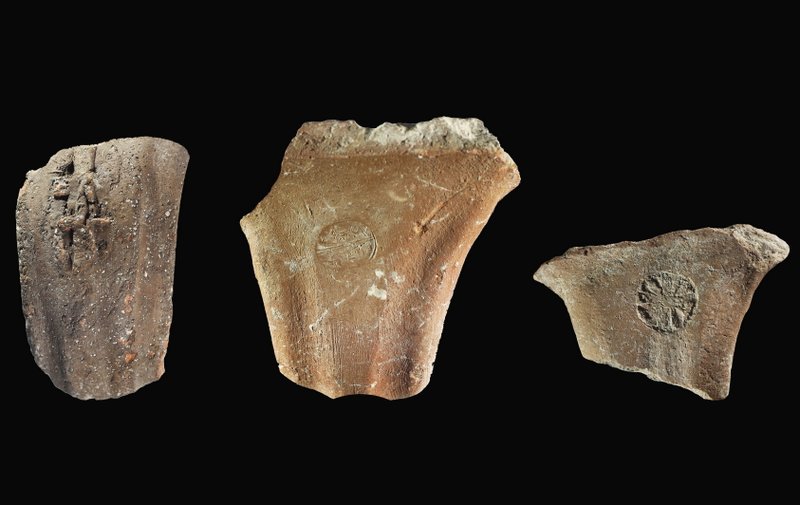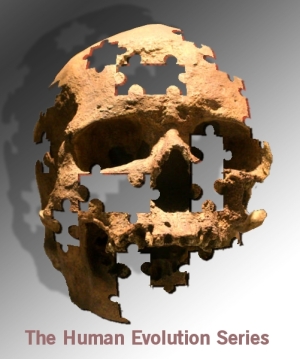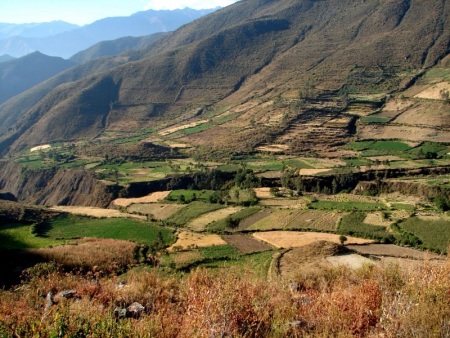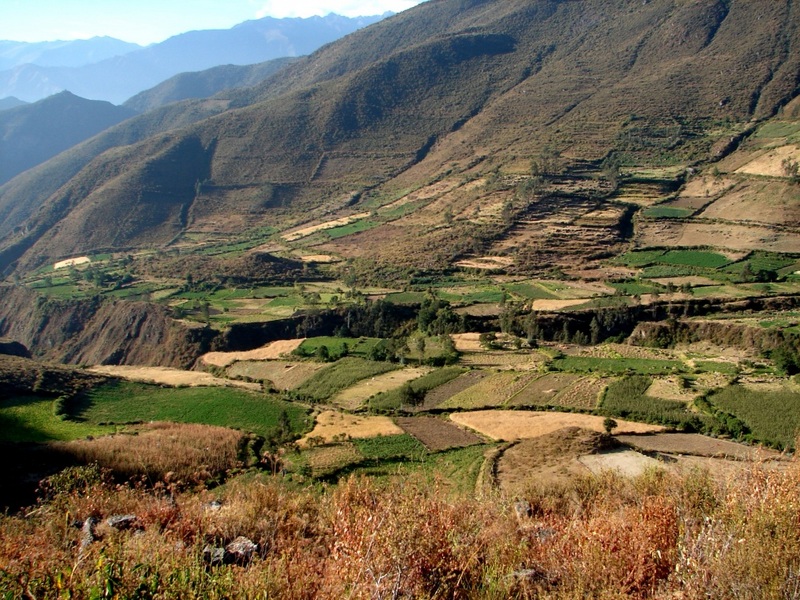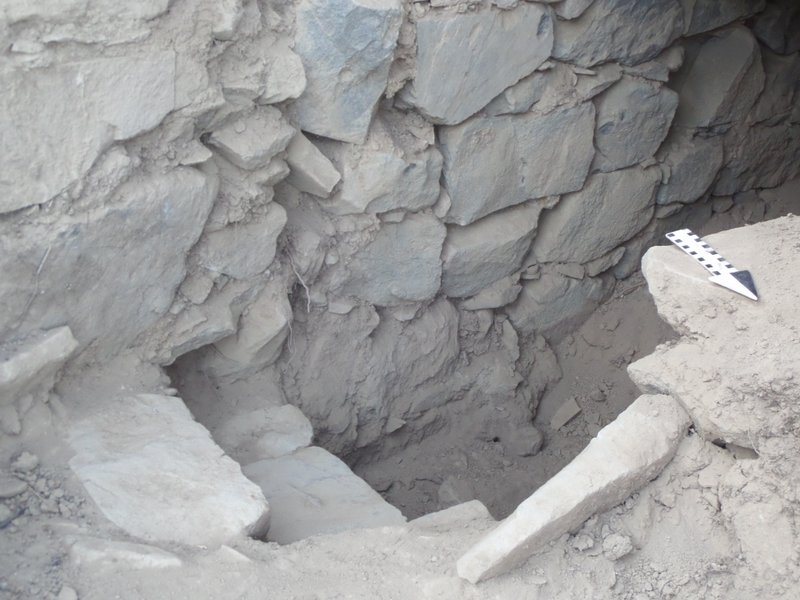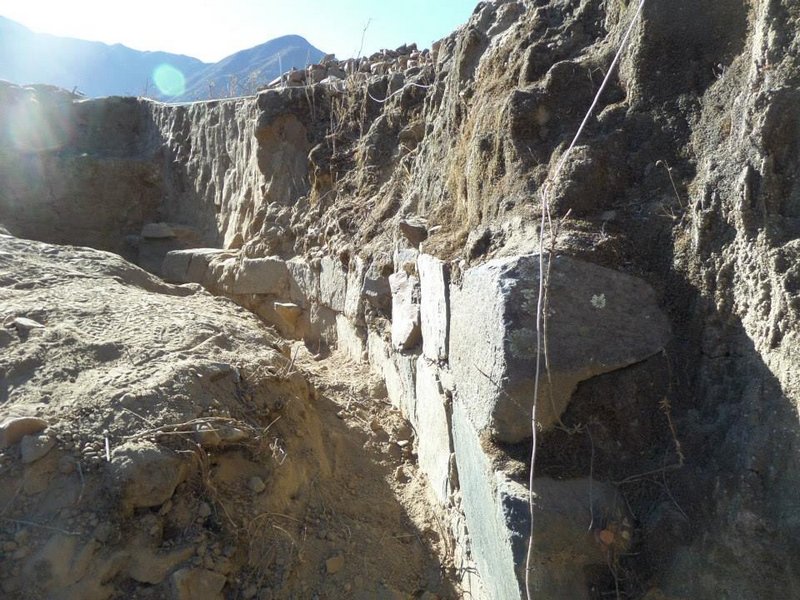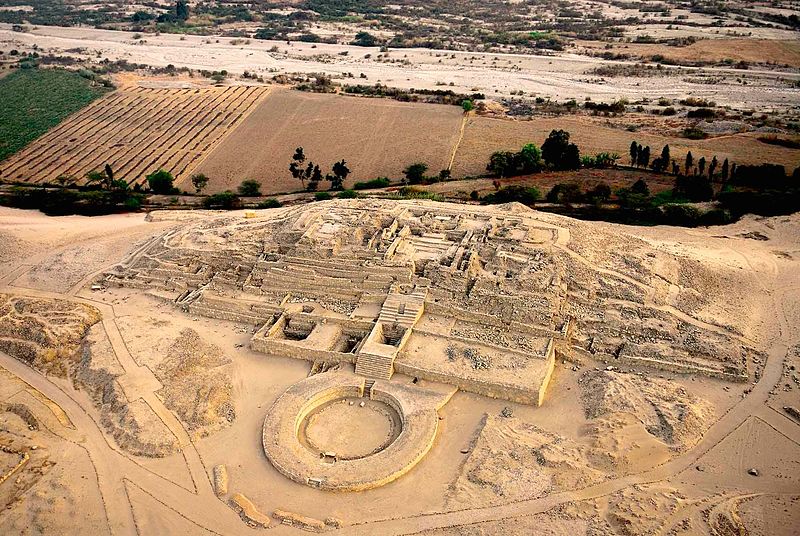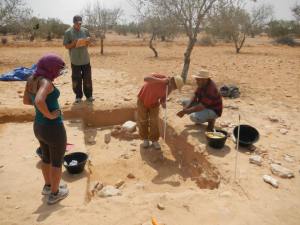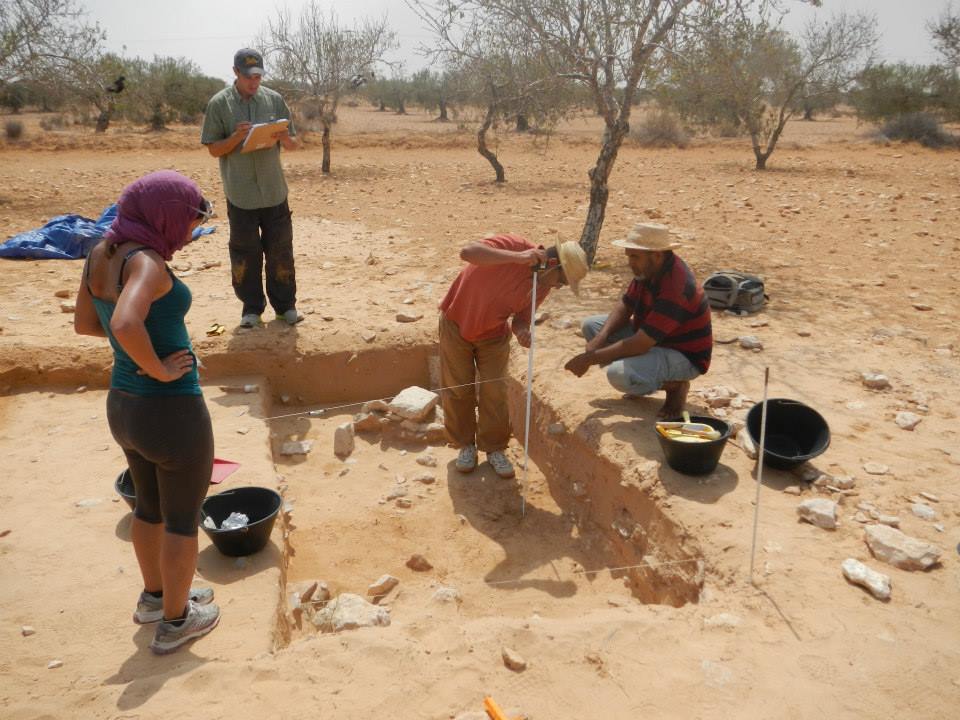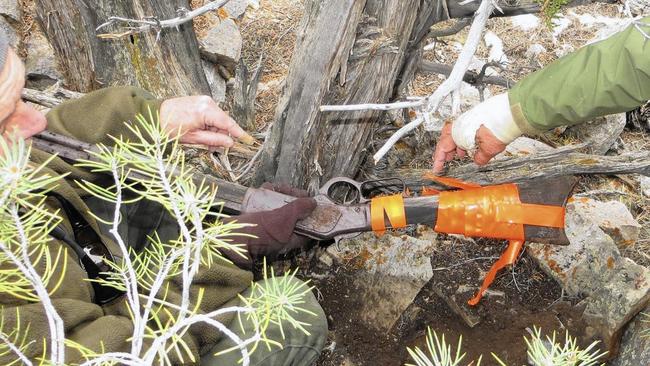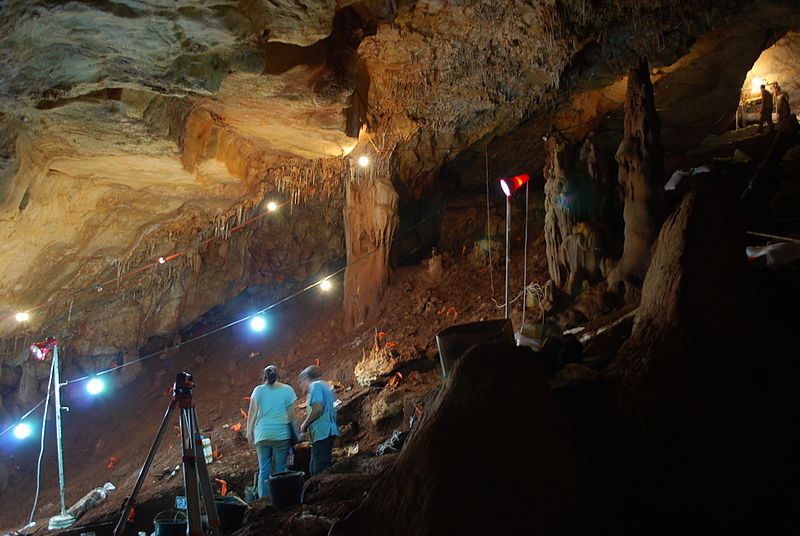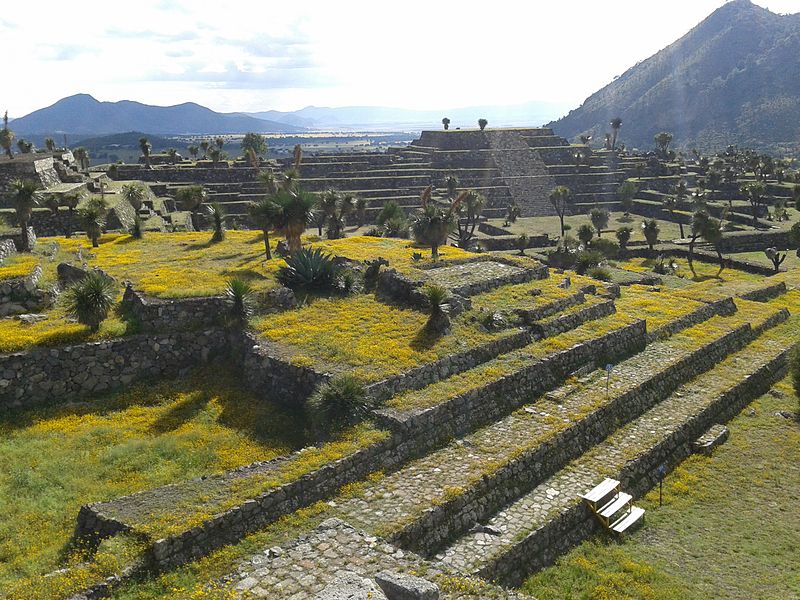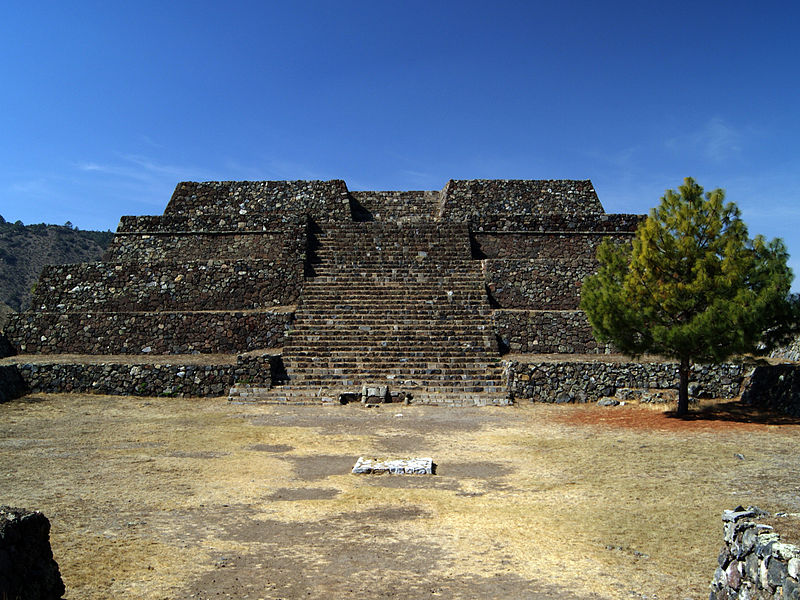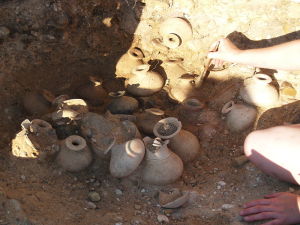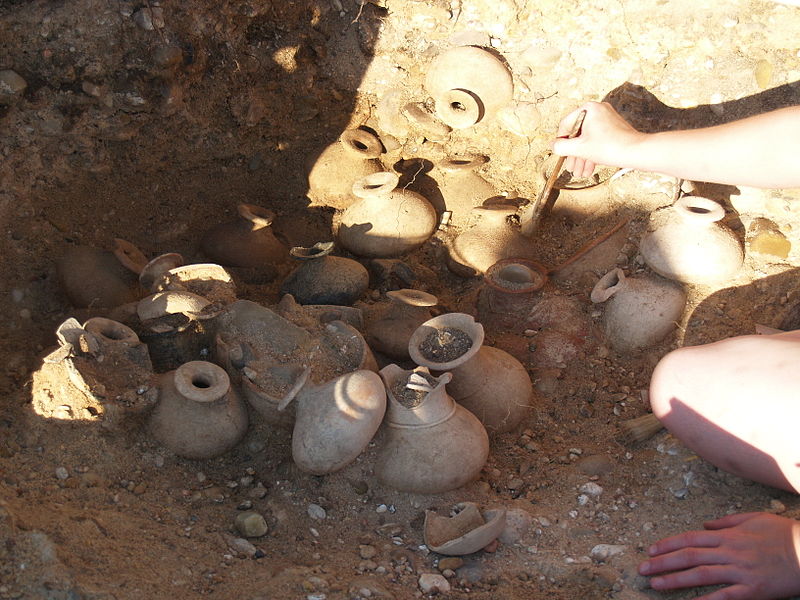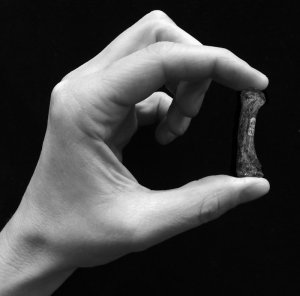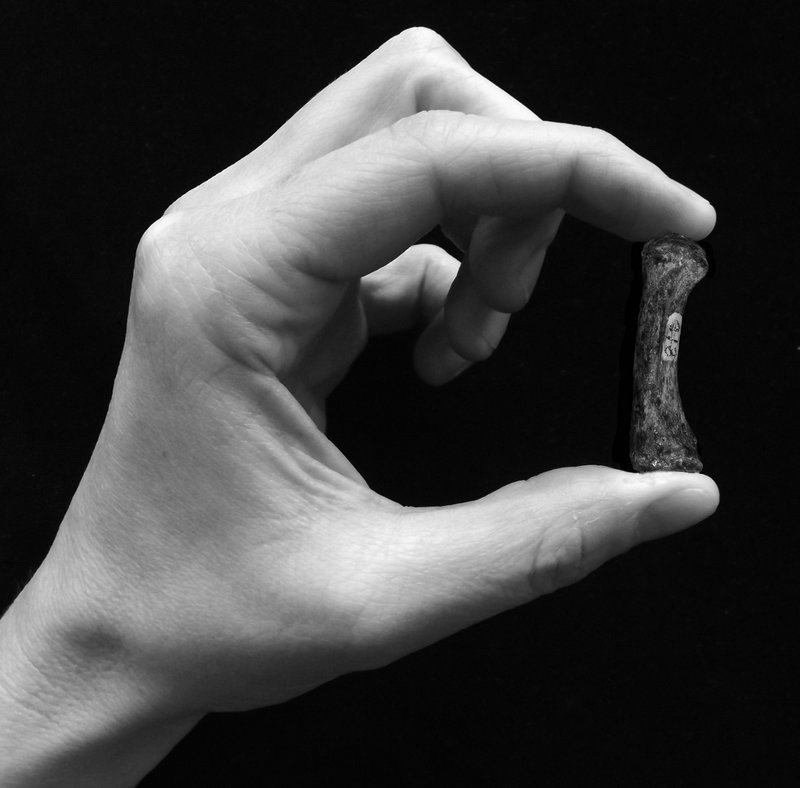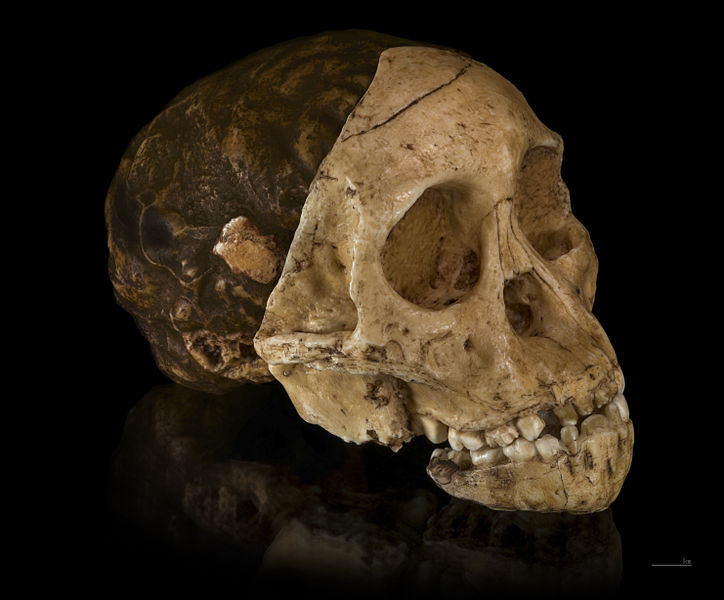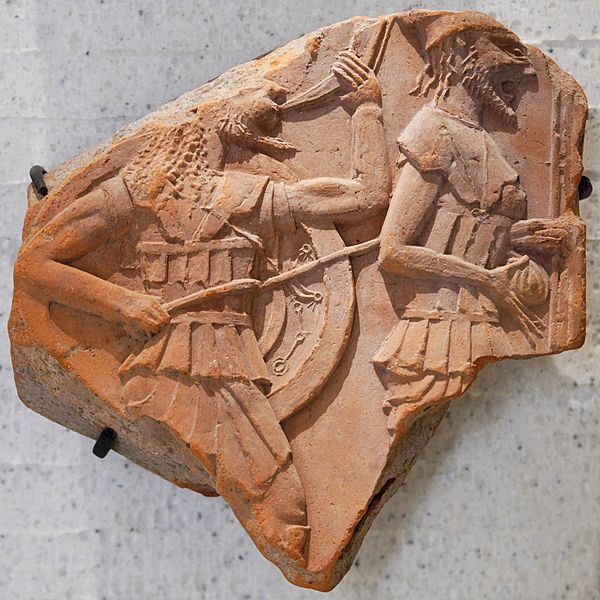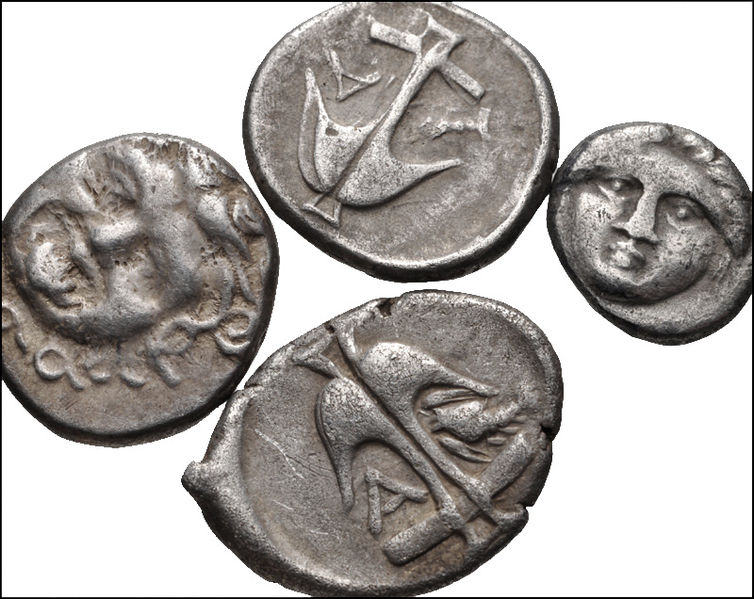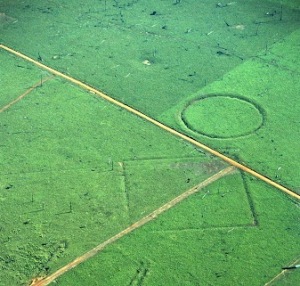
A UK-led initiative to scan the Amazon rainforest for new signs of ancient settlements was announced at the 2015 annual meeting of the American Association for the Advancement of Science in San Jose, California. The project, which has already been awarded $1.9m grant from the European Research Council, will include conducting laser scans via drone.
A major goal of the project is to understand the extent to which pre-Columbian populations built and flourished as far back as 3,000 years prior to the arrival of Europeans.
More than 400 geoglyphs have already been exposed by deforestation, suggesting collective, organized human behavior—an argument that has been an ongoing debate within New World archaeology.
“Although humans have lived in Amazonia for the last 13,000 years, until recently, the long-accepted paradigm has been one of a noble savage living in harmony with the ancient forest, with negligible impact on the forest,” said Dr. José Iriarte of the University of Exeter, the lead researcher of the project. “Such a view was widely shared, not only among archaeologists, but also by most tropical ecologists whose interpretations of the biodiversity and ecological change were based on the assumption that this forest environment was largely pristine.”
But, “based on mounting archaeological evidence that suggest the presence of complex Amazonian societies,” Iriarte continued, “at the other end of the spectrum are those that propose that the Amazon Basin was densely populated, perhaps up to 10 million inhabitants, and so intensively managed that by 1492 there was no such thing as a “virgin forest”— instead, it was a cultural parkland.”
______________________________________
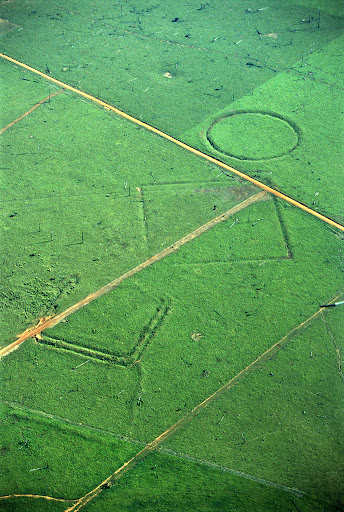 Geoglyphs on deforested land at the Fazenda Colorada site in the Amazon rainforest, Rio Branco area, Acre. Site dated to c. AD 1283. Sanna Saunaluoma, Wikimedia Commons
Geoglyphs on deforested land at the Fazenda Colorada site in the Amazon rainforest, Rio Branco area, Acre. Site dated to c. AD 1283. Sanna Saunaluoma, Wikimedia Commons
______________________________________
Among other objectives, Iriarte hopes to test this idea of large, complex and hierarchical societies in the Amazon, known as the “cultural parkland hypothesis’, by conducting an intensive study of four distinct regions across the Amazon, implementing a battery of state-of-the-art techniques from the social and natural sciences, including archaeology, archaeobotany, ethnohistory, and paleoecology, in conjunction with remote sensing technology. Most notably, he and his team will be mounting LiDAR and multi-spectral sensors on UAVs (drones) beginning in the Fall of 2015 to scan large areas, comparing what they find to landscapes with areas already known to exhibit evidence of anthropogenic (human) manipulation of the landscape.
“It is only by applying this interdisciplinary approach that we can provide a holistic understanding of the origins of the modern Amazonian landscapes,” said Iriarte.
Even if and when Iriarte and his team come up with strong evidence supporting the ‘cultural parklands hypothesis’, they also hope to find answers to some other key questions. Issues of conservation and sustainability play a salient role.
“How did the 1492 Columbian encounter affect these landscapes and cultures?” asks Iriarte. “And did pre-Columbian land use have a lasting affect on the modern forest and, if so, how does the knowledge of the legacy of Late pre-Columbian groups inform modern conservation and sustainable agricultural practices for the future of the Amazon and other tropical regions of the world?”
Irarte suggests that the outcome of the project could potentially guide policy-making in terms of land management and sustainability, and influence many other decisions that could otherwise be insufficiently informed without understanding past human management of the landscape.
_________________________________________________
Read about the most fascinating discoveries with a premium subscription to Popular Archaeology Magazine. Find out what Popular Archaeology Magazine is all about. AND MORE:
On the go? Get the smartphone version of Popular Archaeology as an app or as an ebook.
Just released!
The special new premium quality print edition of Popular Archaeology Magazine. A beautiful volume for the coffee table.
Travel and learn with Far Horizons.
____________________________________________
Popular Archaeology’s annual Discovery Edition eBook is a selection of the best stories published in Popular Archaeology Magazine in past issues, with an emphasis on some of the most significant, groundbreaking, or fascinating discoveries in the fields of archaeology and paleoanthropology and related fields. At least some of the articles have been updated or revised specifically for the Discovery edition. We can confidently say that there is no other single issue of an archaeology-related magazine, paper print or online, that contains as much major feature article content as this one. The latest issue, volume 2, has just been released. Go to the Discovery edition page for more information.






